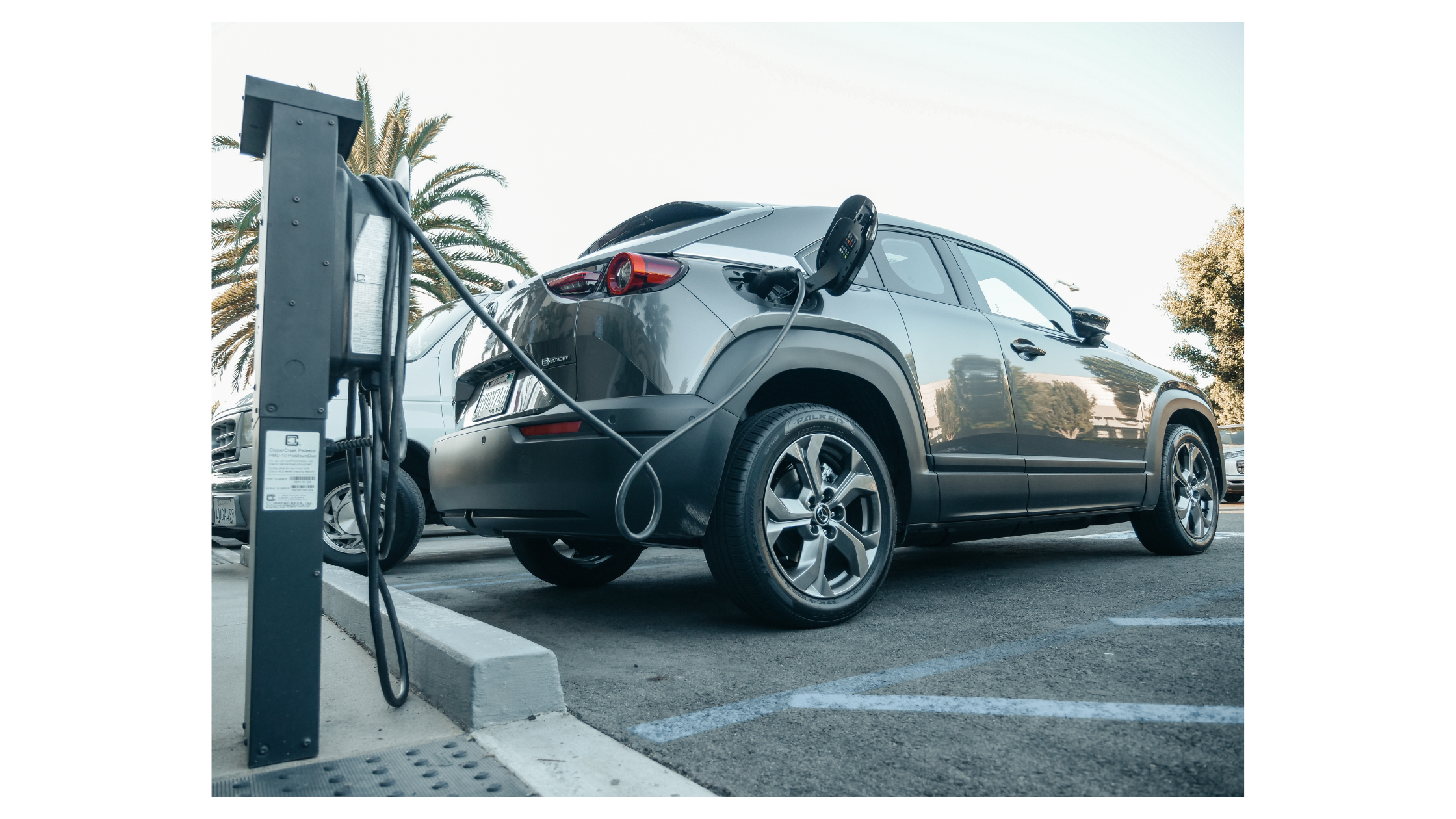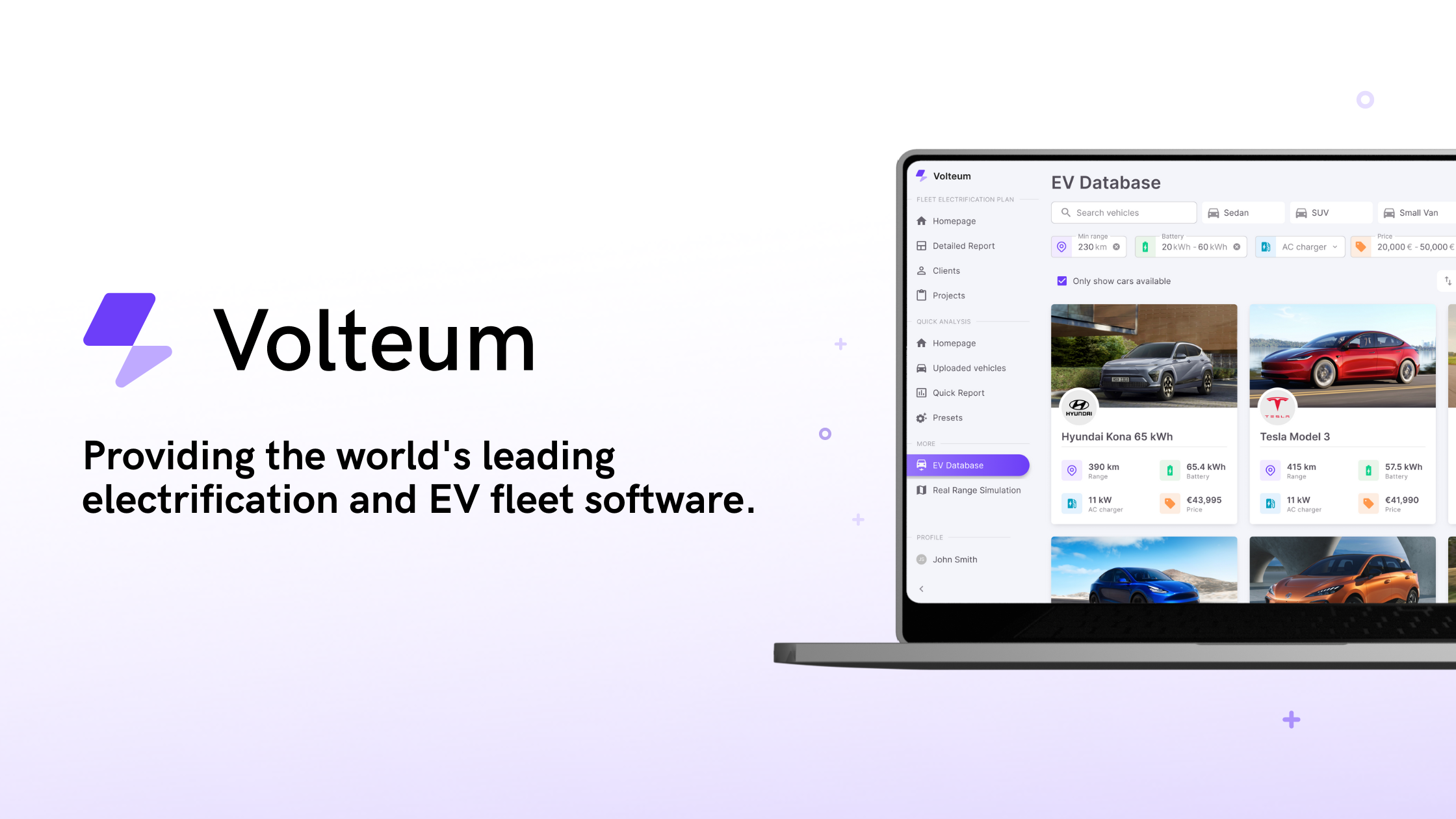When to use public charging for electric fleets
Apr 06, 2025 · 6 min read · blog
As electric fleets grow in scale, most companies rightly focus on optimizing depot charging — the most reliable and cost-effective way to keep vehicles moving. But what happens when things don’t go according to plan? When chargers fail, new delivery tasks pop up mid-route, or a vehicle needs an unexpected top-up?
In this blog post, we explore the role of public charging as a strategic fallback, the hidden costs and risks it carries, and how fleet operators can prepare for — but not rely on — public charging in their day-to-day operations.
When public charging can help
While depot charging should remain the backbone of any electric fleet strategy, public charging can play a critical role in specific, unexpected situations. It’s not ideal for daily operations — but when used strategically, it becomes a valuable backup.
One common use case is when a depot charger breaks down, and the vehicle still needs to be charged to stay on schedule. Instead of halting operations, a nearby public charger can act as a short-term solution and keep the vehicle moving. Similarly, if energy usage was underestimated or the vehicle wasn’t fully charged, a 15-minute rapid charge can be the difference between completing the route or cutting it short.
Public charging can also help when new delivery tasks are assigned mid-route. In last-mile logistics, flexibility is essential — and being able to top up on the go ensures drivers can adapt to real-time changes without returning to the depot.
That said, relying on public charging shouldn’t be left to chance. With proper planning tools like Volteum, fleet operators can prepare for these scenarios in advance, identifying optimal locations and minimizing disruptions when public charging becomes necessary.

The hidden costs and risks of public charging
While public charging can be a helpful fallback, it comes with a range of operational and financial drawbacks that make it unsuitable for regular use.
- It is significantly more expensive than depot charging — not just due to higher electricity prices, but also because of driver downtime and potential idle costs while waiting for a charger.
- Occupancy risk is high — chargers may be in use, unavailable, or out of order at the exact time your fleet needs them.
- Public charging often involves unpredictable session times or technical issues when starting a charge. A session might fail to initiate, or the charger may be out of service — and without the correct application installed, drivers may not be able to begin charging at all.
- Drivers may overcharge or charge unnecessarily if they are not given proper guidance — increasing fleet energy costs and reducing efficiency.
- Leaving vehicles at public chargers overnight can cause brand damage, especially if the fleet is seen occupying infrastructure intended for other road users.
These risks reinforce the importance of treating public charging as a last resort — and ensuring there are strong operational strategies in place to avoid overreliance on it.
Best practices if public charging is inevitable
Even with the best depot charging setup, there may be moments when public charging is unavoidable. In these cases, the goal is to reduce disruption, control costs, and maintain operational efficiency.
Here are some best practices to follow:
- Use intelligent route and charging planning software — tools like Volteum help minimize reliance on public charging by optimizing schedules and identifying fallback charging options in advance.
- Inform drivers ahead of time where they should charge, if needed — and partner with charging networks to ensure access, lower rates, and a smoother experience on the ground.
- Treat public charging strictly as a backup — not as part of your standard operating model. Keeping this boundary helps avoid habits that increase cost and reduce predictability.
- Monitor and track driver behavior and charging habits — this helps identify patterns like unnecessary top-ups and gives you the insights needed to improve future planning.
With clear guidelines, supporting tools, and data-driven oversight, public charging can be used effectively — but without becoming a liability.

A strategic approach to managing electric fleets
The most effective approach is clear: avoid public charging whenever possible. It is costly, unreliable, and does not scale well with daily operations. Instead, focus on strategic planning, optimized charging schedules, and full visibility into fleet needs.
This is where Volteum’s Electric Fleet Operations solution delivers real impact. For companies already running electric vehicles, daily charging, route planning, and task coordination can be challenging — especially when charger availability is limited. Volteum connects directly to your vehicles and chargers to create a fully optimized charging plan that aligns with your actual operational needs.
By forecasting each vehicle’s energy requirements — based on route topography, payload, weather, and vehicle characteristics — Volteum ensures that every EV charges only as much as needed, for exactly as long as necessary. This improves vehicle availability and reduces pressure on charging infrastructure.
The platform also provides real-time monitoring and system integration, enabling operators to track charger and vehicle status, receive alerts about deviations from the plan, and automatically adjust charging schedules when necessary.
With Volteum, companies can:
- Keep all EVs route-ready, even when disruptions occur.
- Operate more vehicles with fewer chargers, minimizing infrastructure investments.
- Reduce downtime, manual coordination, and operational stress across the fleet.
Volteum helps fleets stay efficient, resilient, and prepared — without relying on unpredictable public charging.

Turning unpredictability into preparedness
Public charging should never be the foundation of an electric fleet strategy — but when disruptions happen, it can be a valuable lifeline. With the right tools, planning, and guardrails in place, fleets can minimize reliance on public charging while staying resilient in the face of operational surprises.
At Volteum, we help fleet operators navigate these complexities with optimized, real-time charging management. From route-based energy forecasting to automated fallback plans, our platform ensures your EVs are always charged, always ready, and never dependent on chance.
Want to reduce public charging and improve fleet performance? Get in touch — and discover how Volteum can future-proof your operations.